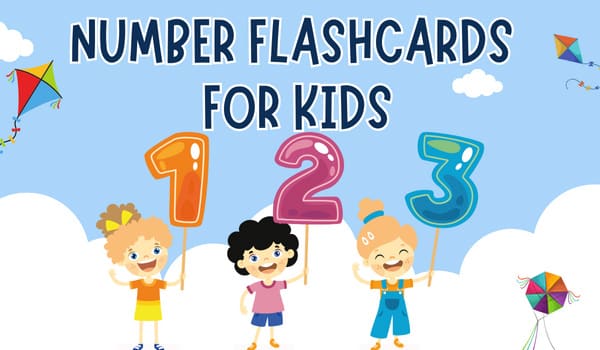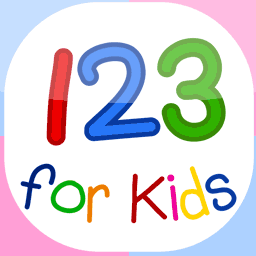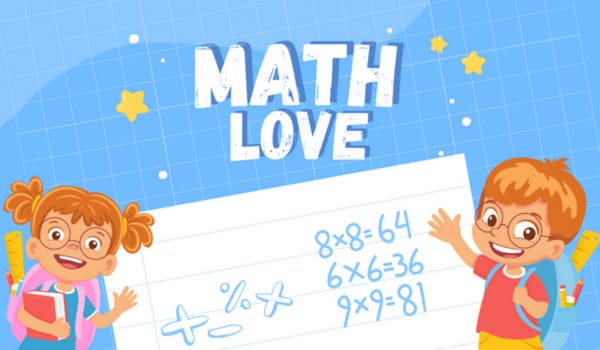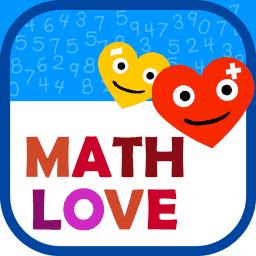Mathematics, a fundamental subject in the academic curriculum, presents significant challenges for many students. These difficulties arise from intricate concepts, abstract reasoning, and the often intimidating language associated with mathematics. Struggles in comprehending and applying mathematical principles can lead to diminished confidence and anxiety, creating a cycle that impedes students’ progress.
What are the difficulties of kindergarten students in math?
Students grappling with memory and attention issues encounter difficulties as both skills are pivotal for mathematical proficiency. The challenges encompass computational shortcomings, conceptualizing mathematical principles, and grappling with language issues in word problems.
Number Facts:
A fragmented mastery of basic numbers, such as multiplication tables, simple addition, and subtraction, poses a common hurdle for mathematics students. Number facts serve as the foundation for understanding more complex mathematical concepts.
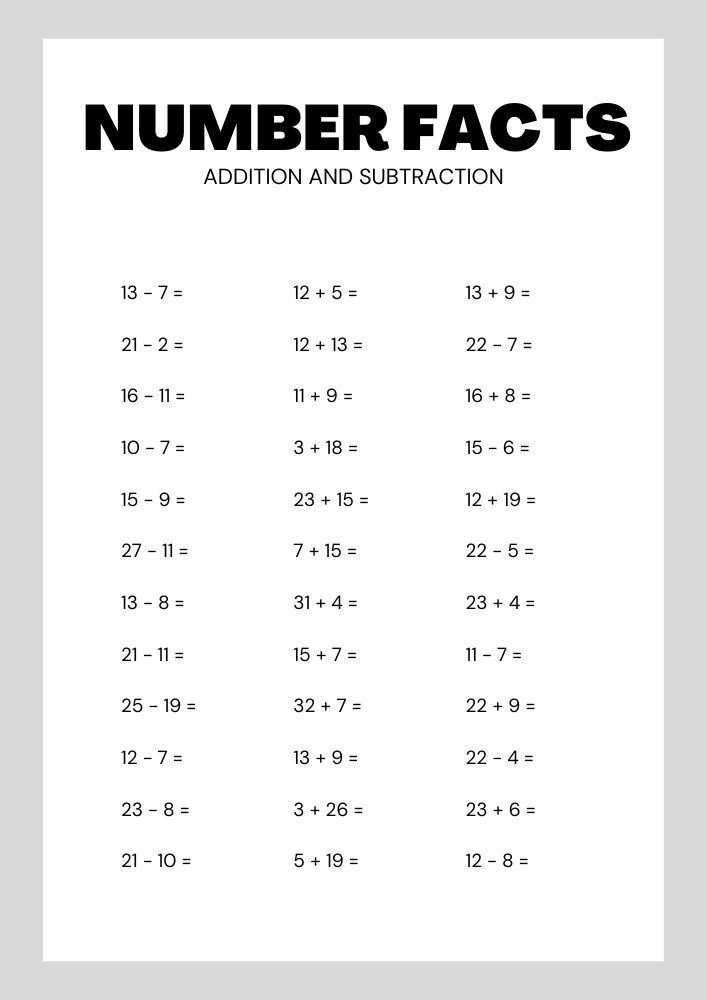
Computational Weaknesses:
Children may confront computational weaknesses during math tasks and assessments, manifesting as errors in multiplication or division. These errors result in deductions, emphasizing the importance of applying the correct formula, demonstrating the right functions, and providing accurate answers.
Learning Disabilities:
Learning disabilities, notably dyscalculia, contribute to difficulties in mastering arithmetic. Children with dyscalculia struggle with recognizing and associating numbers with sums, comparing numbers, understanding number relationships, and making precise measurements. Additionally, they may encounter challenges processing mathematical language and solving word problems.
Obliviousness:
Inattentiveness during classes, assignments, and tests can hinder a child’s success in mathematics. Failing to pay meticulous attention to detail and neglecting to double-check work before submission often leads to poor scores. Rote memorization without a deep understanding of mathematical principles further compounds challenges.
Understanding abstract concepts:
Kindergarten students, in the early stages of cognitive development, grapple with abstract mathematical concepts. Understanding numbers as symbols for quantities can be particularly challenging for them.
Struggling with basic counting:
Basic counting, a foundational skill in mathematics, proves challenging for many kindergarten students. Lack of exposure or practice, coupled with difficulties in number recognition, contributes to this struggle.
Difficulty with spatial awareness:
Geometry, an integral part of mathematics, requires an understanding of shapes and their spatial positions. Kindergarten students, still developing spatial awareness skills, may find this aspect challenging.
Inability to explain their thought processes:
Kindergarten students may struggle to express their reasoning or problem-solving methods in math. This hampers teachers’ ability to comprehend their difficulties and provide targeted assistance.
The solution to Problems Faced by Students in Learning Mathematics:
Vision as a Problem faced by students in learning mathematics:
Has the kid’s vision been assessed? Letter inversions are here and there the consequence of a helpless vision, and a specialist’s assessment is required to preclude this.
Play games that drill left-right information:
Mess around that drill left-right information, for example, “Hokey Pokey” and “Simon Says.” Problems with left-right segregation much of the time associated with letter and number inversions. Messing around that instructs and fortifies this information. Frequently sums up into perusing aptitudes after some time. There is a wonderful math learning app for kids.
Add a material part to show letter separation:
Add a material part to show letter separation. Before tending to word-level disarray. Kids ought to have the option to effectively recognize the letters or numbers being referred to 99 percent of the time.
Incorporate a sensation component into learning:
Join a sensation component into learning. Give the following chances, exercises expecting kids to associate specks to shape letters, and dirt to form into letters and numbers. Like associate-the-speck games, worksheets that utilization bolts to coordinate letter and number arrangement can assist youngsters with preparing their eyes to perceive authoritative directional highlights as they compose. Sensation exercises can enable the cerebrum to process visual data for youngsters with visual-preparing shortcomings.

Simplify separation errands:
Separate division assignments with the goal that you present just a single portion of oftentimes confounded sets to the kid at once. Beginning letter recognizable proof drills ought to incorporate one ordinarily mistook letter blended for effortlessly named letters. When the kid’s recognizable proof exactness comes to somewhere in the range of 95 and 99 percent, remember the two letters for drills.

